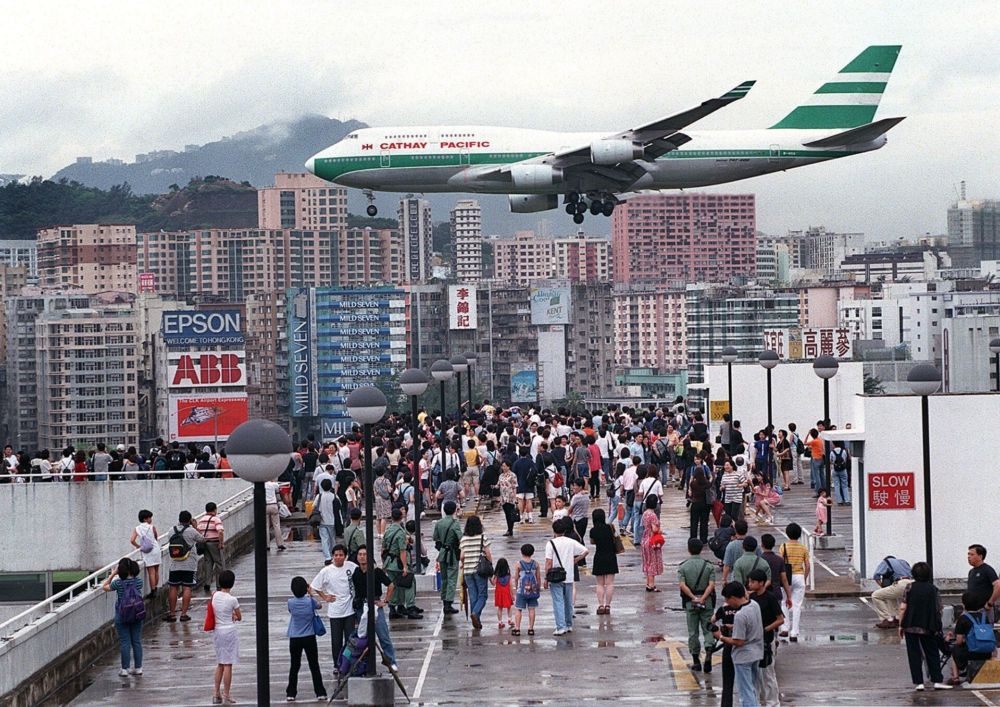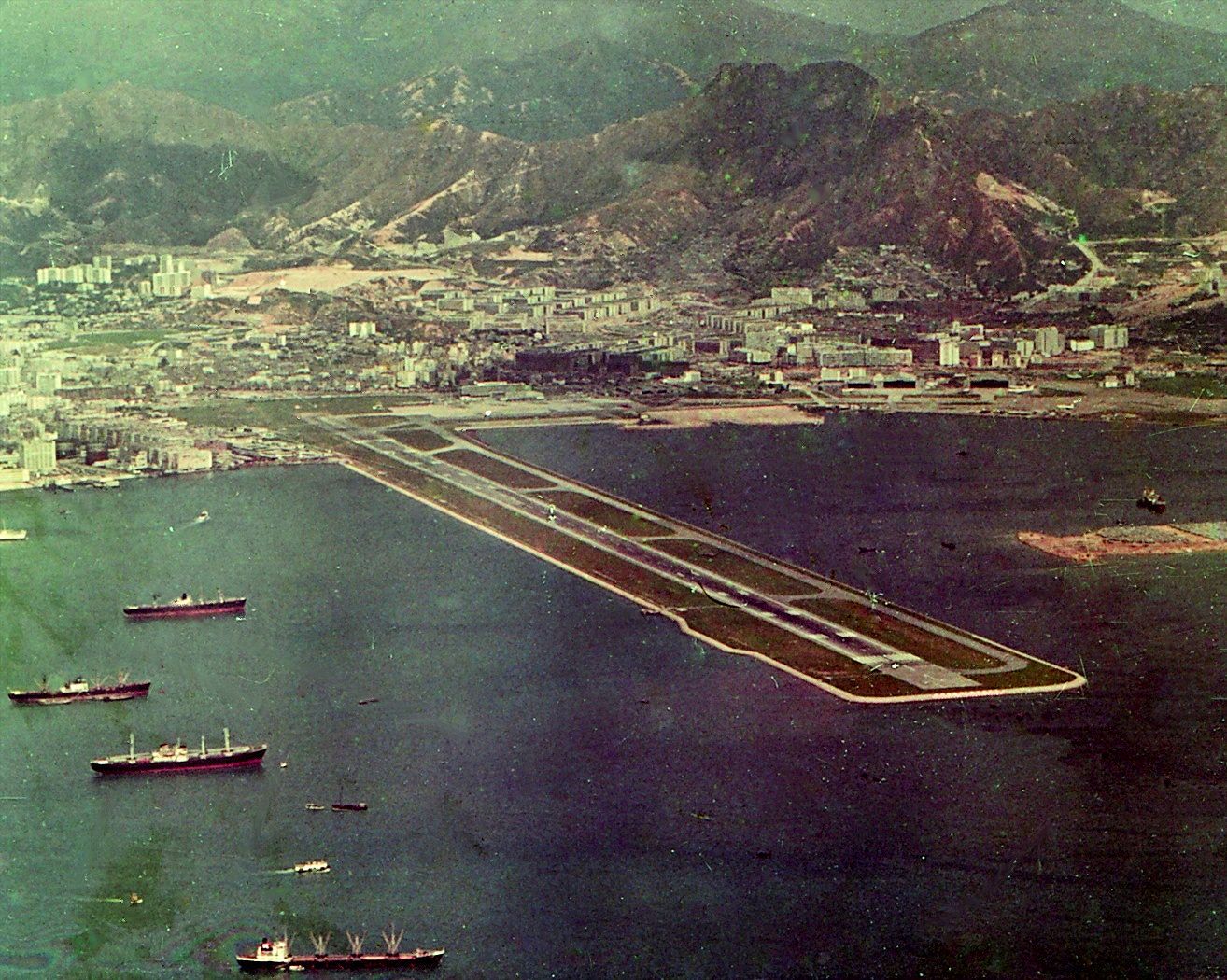Exactly 24 years ago today, Kai Tak Airport (HKG) closed down following 73 years of operations. Officially known as Hong Kong International Airport from 1954 to July 6, 1998, the airport was often referred to as Hong Kong International Airport, Kai Tak, or simply Kai Tak International Airport.
The reason for the airport's closure in favor of a new Hong Kong International Airport (HKG) was simply a matter of Hong Kong's rapid growth and the inability of Kai Tak to cope. When the postwar airport opened in 1954, it was designed to handle 24 million passengers a year. By 1996, 29.5 million passengers were passing through the airport along with 1.56 million tonnes of freight.
This made the airport the third-busiest airport in the world for passenger traffic and air freight. Another consideration the government took into account was the height restrictions placed on high-rise buildings being constructed in Kowloon, due to being on the approach path of the airport.
The origins of Kai Tak Airport
The origins of Kai Tak Airport go back to 1912, when two Hong Kong businessmen bought land in Kowloon for development. Unfortunately, their business plan never came to fruition, and the government purchased the development land to use for an airfield.
In 1924, a man named Harry Abbott opened a flying school at the airfield, which he later shared with other flying clubs and the British Royal Air Force. In 1928, the grass airstrip was joined by a concrete slipway to accommodate seaplanes that would land in Kowloon Bay. In 1935 an aircraft hangar and control tower were added to the airport allowing for the arrival of Hong Kong's first international passenger flight in 1936.
World War II
On December 18, 1941, Japan invaded Hong Kong and used captured prisoners of war a year later to build two concrete runways. During the building process, the Kowloon walled city and a 148-foot tall monument to the last Song dynasty emperor were destroyed for building materials.
Following the war, Kai Tak Airport became a naval shore base for the British Royal Navy, who renamed the airport Royal Naval Air Station HMS Flycatcher.
The airport began to expand
By the early 1950s, there was talk about commercial flights, and by 1957 runway 13/31 had been lengthened to 5,459 feet. Meanwhile, the airport's second runway, 7/25, remained 4,760 feet long. The same year, BOAC began flying Bristol Britannia 102s between London, Hong Kong, and Tokyo.
In 1958, Hong Kong reclaimed land in Kowloon Bay to build a new 8,350-foot-long runway, replacing the two older runways. A new passenger terminal opened in 1962, and by the mid-1970s, the airport's runway had been extended again to 11,130 feet.
The 1980s and 1990s
By the time 1980 came around, the airport was at its capacity limit. By 1996 it had exceeded its limit by 4.5 million passengers a year and was straining under the pressure. Also, because of its proximity to residential homes, the airport had to close between 23:30 and 06:30, adding further pressure to flight operations.
Now having decided that Hong Kong needed a new airport, the government selected a site on the island of Chek Lap Kok off Lantau Island. Well away from main residential areas, not only would noise and pollution be less of a concern, it would alleviate the potential for a horrific accident in a densely populated place.
The last flight from Kai Tak was in 1998
On July 6, 1998, at 01:28, the last aircraft, a Cathay Pacific Airbus A340, departed Kai Tak Airport for a ferry flight to Chek Lap Kok Hong Kong International Airport (HKG). Following the aircraft's departure, a brief ceremony was held in the airport's control tower where then-director of civil aviation Richard Siegel made a short speech that ended with the words "Goodbye Kai Tak, and thank you."



.jpg)